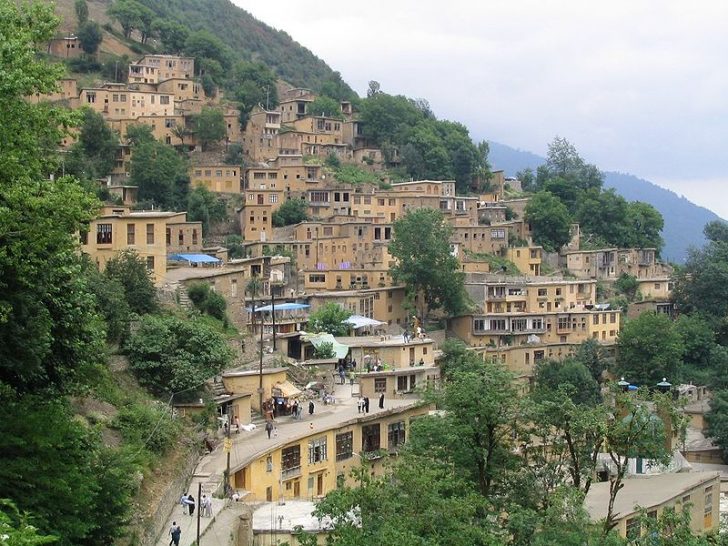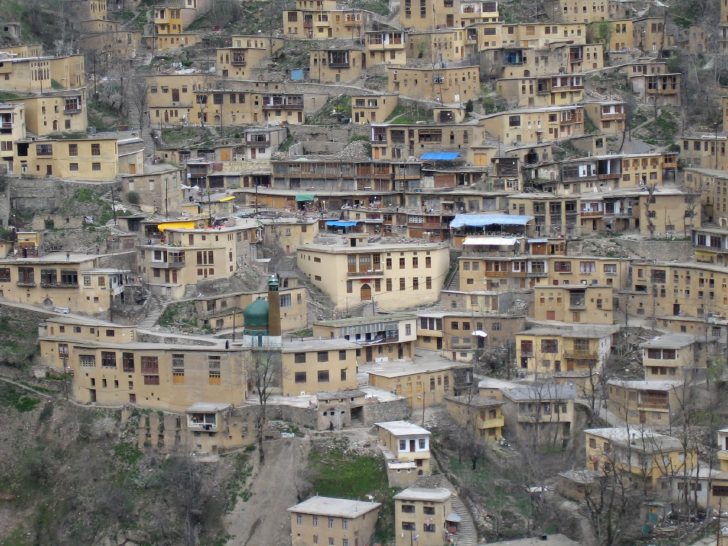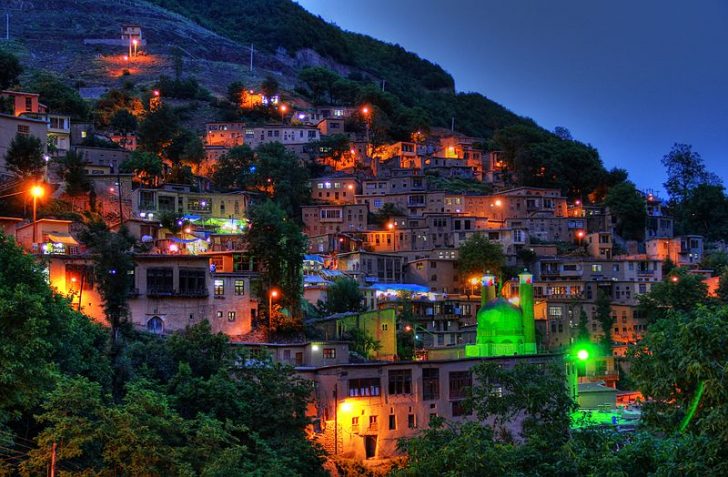Nestled into the steep slope of a mountain, this remarkable thousand-year-old village in northern Iran has evolved an unusual approach to open space: its rooftops double as public lanes and gathering places.

At an elevation of nearly 3,500 feet, Masuleh sits high in the Alborz mountain range on a 60-degree incline. It was originally developed around an iron mine and became a hub for the ironwork industry.

Regional vernacular architecture uses stone, wood and adobe atop natural rock forming foundations and back walls of buildings. Old craft traditions continue to inform ornate and decorative facades.

Stepping out of a building may mean walking onto a narrow stretch of rock, but in many cases leads straight to a rooftop. These serve as public walkways and plazas linked by narrow alleys and staircases.

In many respects, it’s a city planner’s paradise — a place where roof surfaces are fully used and integrated, and no space is wasted. Another appealing prospect to many urbanists: no cars are allowed, as these would strain the structural limits of supporting architecture.
“In its interconnectedness,” writes Zoya Gul Hasan, “it is reminiscent of the maze-like rooftops of the old town of Ghadames in northwestern Libya, but unlike Ghadames, the rooftops in Masuleh play an integral role in community interaction and friendly cohabitation.”



Comments (1)
Share
Very cool. I’ve already got more people than I’d like to have walking on my ceiling though. I’ll pass.